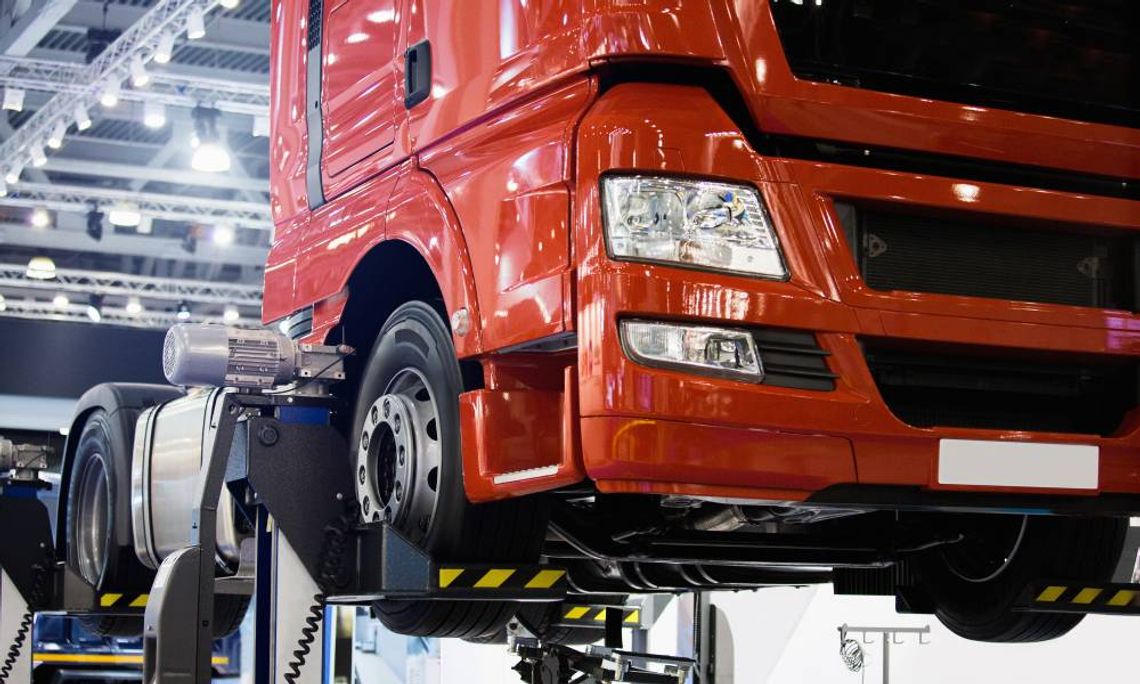Replacing truck parts is an essential aspect of vehicle maintenance that ensures safety, performance, and longevity. Whether you’re a seasoned fleet manager or a truck owner looking to handle minor repairs, understanding when and how to replace parts can save you time and money in the long run. From brake pads to engine components, each part plays a crucial role in the overall functionality of a truck. Read on to learn everything you need to know about replacing truck parts.
Knowing When It’s Time To Replace Truck Parts
Routine inspections and maintenance are critical for identifying when truck parts need replacement. Signs such as unusual noises, decreased performance, or dashboard warning lights may indicate that a part is reaching the end of its lifespan. It’s essential to familiarize yourself with the recommended service intervals outlined in the truck’s manual, as these provide guidance on the typical lifespan for various components. Additionally, keeping a maintenance log can help you track the condition of parts over time, enabling you to anticipate when replacements are necessary and prevent unexpected breakdowns. Acting promptly on these indicators ensures your truck remains in optimal working condition, enhancing safety and efficiency on the road.
Sourcing the Right Parts: OEM vs. Aftermarket
When it comes to sourcing replacement parts, the decision between original equipment manufacturer (OEM) parts and aftermarket parts is critical. OEM products are made by the manufacturer of the original vehicle components, ensuring a precise fit and compatibility. These parts often come with a warranty, providing peace of mind about their quality and lifespan. However, they can be more expensive compared to aftermarket options. On the other hand, aftermarket parts are produced by third-party manufacturers and can offer more affordability and a wider range of choices. Contrary to popular myths about aftermarket truck parts, many aftermarket products have the potential to enhance a truck’s performance beyond the original specifications.
Following Installation Best Practices
Proper installation of truck parts is crucial to ensure their functionality and longevity. Before starting any installation, it is important to consult the service manual for your specific truck model, as it provides valuable instructions and torque specifications for various components. Gathering the right tools ahead of time can help you streamline the process and avoid unnecessary delays. During installation, cleanliness is vital since dirt or debris can compromise new parts, leading to premature failure. It is also wise to follow a methodical approach, such as replacing parts one at a time or in a sequence recommended by professionals. This attention to detail can prevent common issues like improper alignment or loose fittings, which can detract from a truck’s performance and safety. Following these best practices contributes to the successful replacement of parts, ensuring your vehicle operates at peak efficiency.
When reviewing everything you need to know about replacing truck parts, remember that performing regular inspections, keeping track of service intervals, and being aware of warning signs are crucial. Also, you should carefully consider OEM vs. aftermarket options and follow recommended installation procedures for optimal results. Keeping your truck in top condition through timely replacements ultimately saves you money and keeps you safe on the road.

